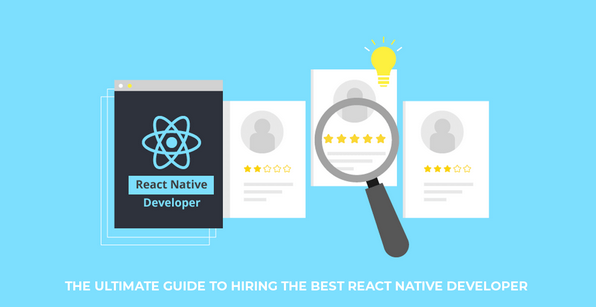Table of Contents
Step 1: Think about Why You want a Developer
Before you look for a developer, you need to know why. Are you starting a side project? There are lots of reasons why someone might need a developer, but knowing exactly what your needs are will give you valuable insight into how much time and effort should be put into building your product. Don’t forget: You’re hiring a person, not just their skillset. If you want to build a long-term relationship with your developer, so make sure that Which developer fits in well with your team.Step 2: Check What You Want From them
It can be easy to hire a developer and ask them for their take on things. That’s dangerous though, and it could waste everyone’s time (and money). Before you even begin searching for potential candidates, figure out what you want your app or website to do. This will help guide your search for developers who are best suited to work with you. If you don’t know what features you need yet, that’s okay—you’ll just have to spend more time researching different options. But remember: The more specific your requirements are, the better off everyone will be. A lot of developers might come up with similar ideas when they’re given a vague description of what they should build; however, if you’re specific about exactly what you want to be built, it’ll make hiring easier and faster.Step 3: Have Several Potential Candidates
- The best way to hire a new employee is by relying on good referrals. Talk with your friends and colleagues about whom they would recommend for your position.
- Reach out to these people and find out what questions you should ask before offering someone a job. If you already have a hiring team in place, then follow their process closely when speaking with your contacts.
- Don’t be afraid to ask for recommendations from people outside of your network, however—you never know who might know someone that could be perfect for your position!
- When considering potential candidates, keep these things in mind: Personality: While technical skills are important, your company culture will heavily influence how well an employee performs at work.
- You want employees who will work hard and get along with everyone else—so it’s essential to make sure that you choose a candidate whose personality meshes well with everyone else’s.
- A personable candidate is also more likely to stay at your company long-term; Be wary of any applicants who appear too aggressive or overly competitive during interviews
Step 4: Ask The Right Questions
When you’re finally ready to hire someone, it’s essential that you’re armed with all of your questions and concerns. Reaching out over email can be useful, but make sure you schedule a meeting or phone call so that you have time to have an in-depth conversation about everything. Make sure you really go through every single thing on your list (it’s OK if some questions don’t get answered immediately—you can always ask follow-up questions later) and focus on learning everything you can about them as well as their skillset, experience, and portfolio. Ask them anything! This is your chance to figure out if they’re right for you and vice versa. Remember: The best person for the job might not necessarily be who has been doing it for years or who has done it most recently. It’s also important to remember that developers are people too—make sure you treat them like one when conducting interviews. If they seem like a good fit, then congratulations! You just found yourself a great new developer partner.Step 5: Check Their Credentials
Trial projects are crucial because they’ll help you spot any deficiencies in your process before you start working with a client. They also let you and your potential clients evaluate each other for fit and compatibility. If a project goes well, it’s smooth sailing from there. But if something doesn’t click during a trial project, it can be helpful to get that out of the way early on so both parties can move on amicably. That being said, don’t create needlessly complex trial projects—if everyone involved gets through it without needing 10 ibuprofen and an ice bath afterward, you should consider it a win! A good rule of thumb is to stick to small jobs that take no more than 3–5 hours. For example, proofreading an email newsletter or optimizing a web page shouldn’t take more than 1–2 hours at most. For example: if someone wants to build your website from scratch, have them make some mockups first as part of their application process.Step 6: Run A Trial Project
- Running a trial project is one of the best ways to assess whether or not someone is a good fit for your organization.
- A lot of people call it giving them a test drive, but that doesn’t really paint an accurate picture. It’s more like getting them into a test environment and seeing how they handle it.
- If you’re using Angular, you can run a trial project by evaluating 3rd party products such as Lily.
- You can run linting tests against your codebase and put together a report that shows when those errors were introduced, who introduced them, and what impact they had on performance metrics such as load times and average active users per month.
- This gives you a chance to see how quickly developers catch errors in their own work, which is important because there are many different types of errors and some require a deeper understanding of software development than others.
- For example, if a developer introduces an error in their HTML template that breaks something in their CSS file (which causes something else to break), then they will likely be able to identify it quickly since they understand CSS.
- However, if there’s no visual indication that something broke (like with backend logic), then finding mistakes can be difficult without having experience with each type of programming language used on your team.
- So running trials where each developer has access to all parts of your application can help you see where strengths lie.

